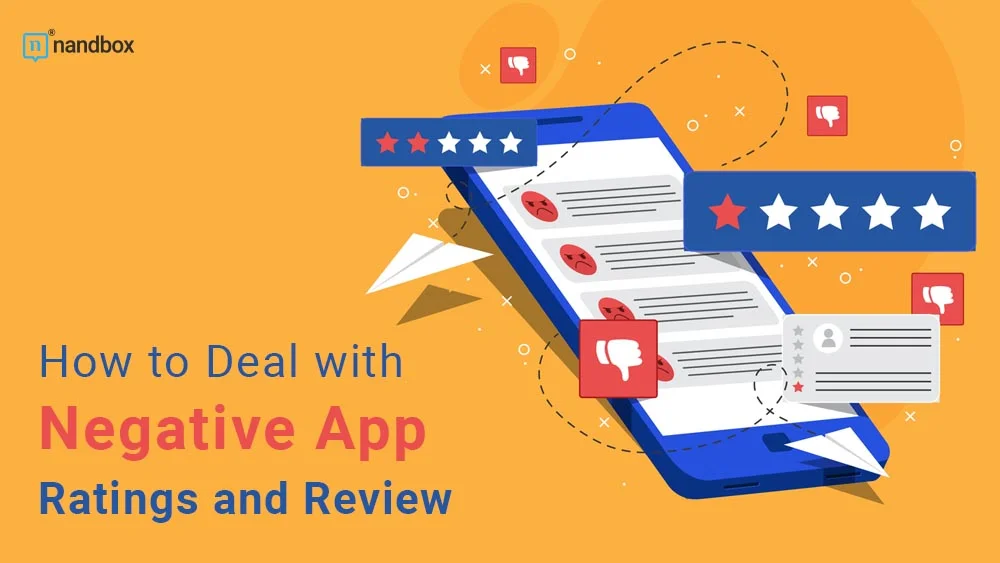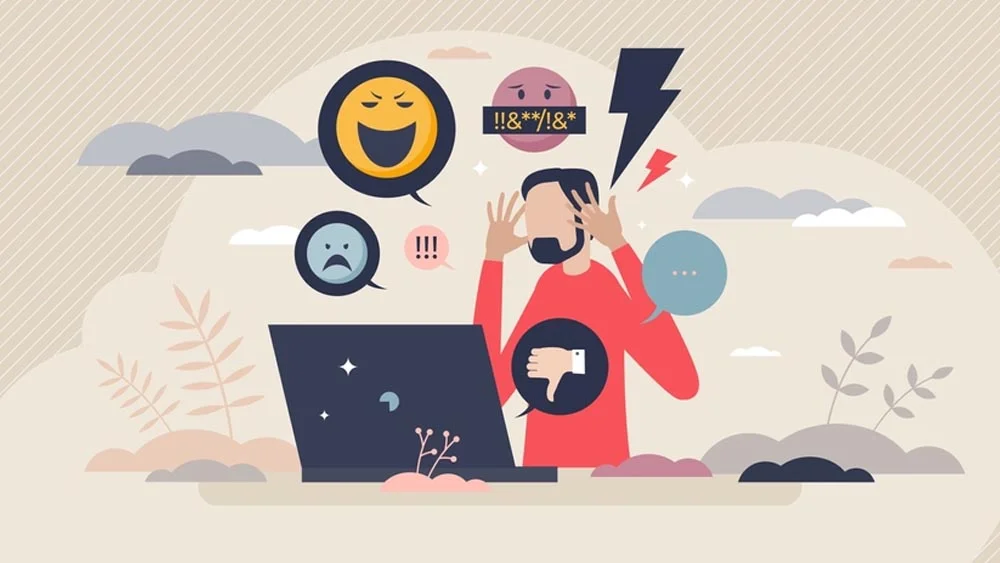How to Deal with Negative App Ratings and Reviews
It can get quite frustrating to work hard on your app only to get negative reviews after launch. You can deal with it in many ways, but be careful; your response could either lift your business or tear it down. We’re here to help, always. This article offers some tips on handling negative app ratings and reviews.
Should You Pay Attention to Ratings and Reviews?
Yes and no. Let’s start with the no part. Not all reviews are helpful and constructive; some are spammy and offensive. These shouldn’t be paid attention to.
On the other hand, most reviews are helpful, even if they can be harsh sometimes. First, they help you to understand your customers’ needs and personas. And you will be able to tell where your app is lacking and work on improving it.
Top Tips to Respond to Negative App Reviews
Many people think that only positive app ratings and reviews help them gain customers and that negative reviews do the opposite. However, you can attract new customers from negative feedback; it’s about how you respond to them.
#1: Avoid Being Defensive
Coming off as defensive promotes the wrong brand image. It’s sometimes hard not to be defensive when we’re criticized, but it’s still less than ideal, especially in this situation. You will sound bitter, and the customer will sense that you’re not actually listening to them, informing you of the app’s problem.
It helps to remember that even the most perfect app in the world has negative reviews. You’ve probably left a bad review somewhere on the internet. Imagine if you got a defensive response that overexplains how you’re wrong; would you use the service/product again?
#2: Acknowledge that You Have a Problem
It’s not only about how you respond but also about how you act. You miss the point if you react like these people are out to get you. Try examining their reviews, filtering the offensive part, and asking yourself, are they right to complain about this feature? For example, if they complain about the app lagging, you could test it again on different devices. You could go one step further and ask them about the platform they’re using and test the app on that device.
#3: Don’t Take It Personally
You’ve probably spent blood, sweat, and tears on this app. We know. However, the commenter doesn’t take that into account. They don’t know you personally and have no reason to direct their hate at you, even if they mention you by name. In most cases, they are frustrated by the app or the service, not the people behind them. You can still work on that and dissolve their frustration.
#4: Agree and Apologize
Because they don’t know you personally, the customers probably mean it when they mention you have a problem. That’s why you should extend apologies and be sincere about it. Apologies, well-thought ones do wonders to change people’s minds. If you’re willing to apologize, you feel bad about your product’s flaws and plan to work on them for improvement.
While apologizing, make it clear you agree that there’s an issue with the app and that you’re currently in the works to fix it and improve your service. That way, they will feel validated and that your business cares about its customers.
#5: Ignore Trolling Reviews
Not all reviews are worth addressing. Believe us when we say you can tell true ones from trolling others easily. In that case, engaging with trolls can only be harmful. They are just trying to upset you, hiding behind their anonymity without giving a constructive opinion. Not to mention that they won’t stop at leaving one negative comment. If you reply, you’re already taking the bait and are in for a long ride of useless keyboard-battling.
#6: Correct any Misconceptions
Although you should agree and validate, that doesn’t mean you should ignore the wrong information. Let’s say the negative comment addresses employees’ payments instead of the app itself. Or the reviewer claims that your app has scammers, although you made sure it doesn’t. You could always reply politely with proof that this is misinformed. Let’s say you suspect that the comment is written by competitors spreading false information. In that case, you still have to reply politely and remember that potential customers will read those reviews too.
#7: Respond Again After Fixing the Issue
This shows that you care about each individual using your app. Tell them you’ve worked on the bugs and incite them to use your app again. If they’ve complained about a missing feature, tell them you’ve listened and added the feature to improve their experience. If you’ve taken the time to respond to them twice and add new functions, you’re dedicated to your business and customers.
#8: Add Personalization to the Response
- Dear Valued Customer, we’re currently working on the issue you mentioned. Please bear with us. Thank you.
- Dear Anna, first of all, we would like to apologize for the lags and crashes you’re facing. We assure you that our team is currently working to fix the bugs and improve the overall experience. We would love to add that your comment has been helpful to us in detecting those bugs. Thank you for using our app.
The first one seems impersonal and robotic. On the other hand, the second one starts by mentioning the customer’s name, then an apology that validates the customer’s concern and reassurance that you’ve listened to the problem and plan to fix it.
Conclusion
The list doesn’t end here; there’s so much you can do to turn it around after you receive a complaint. The whole point of this article is that app ratings and reviews shouldn’t frustrate you. Instead, they should help you improve and enhance your app to its full potential. Read the reviews, take a deep breath, and try to determine what you can learn from them. This is the only way forward.
Now that you know how crucial app reviews are, you can incorporate in-app feedback into your nandbox native no-code app builder project. Sign up to build a native app without learning code.







